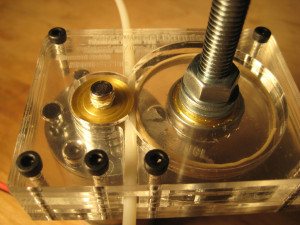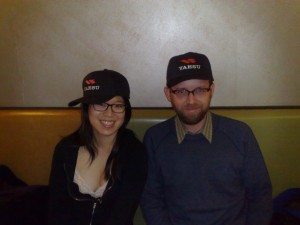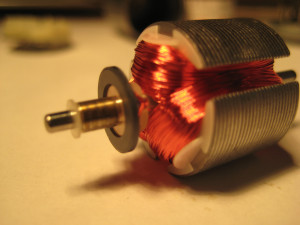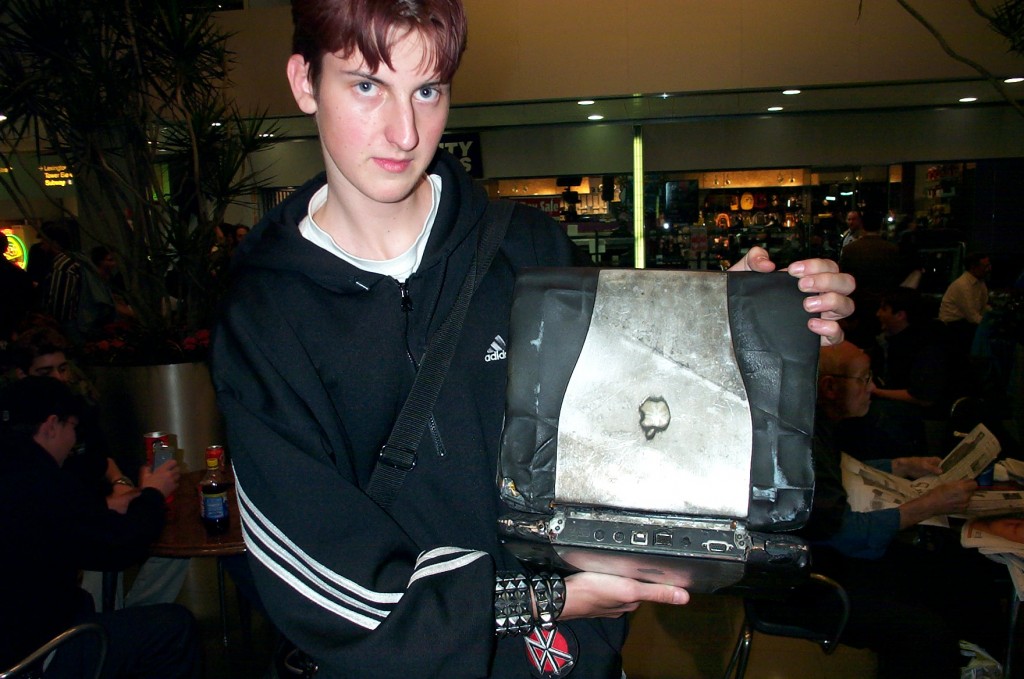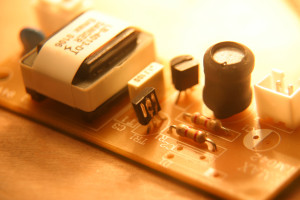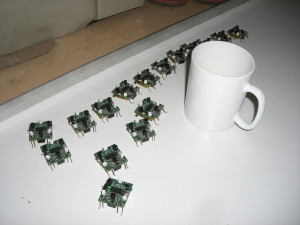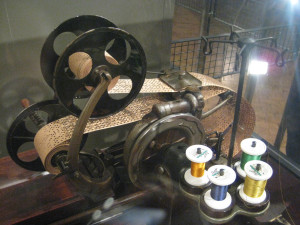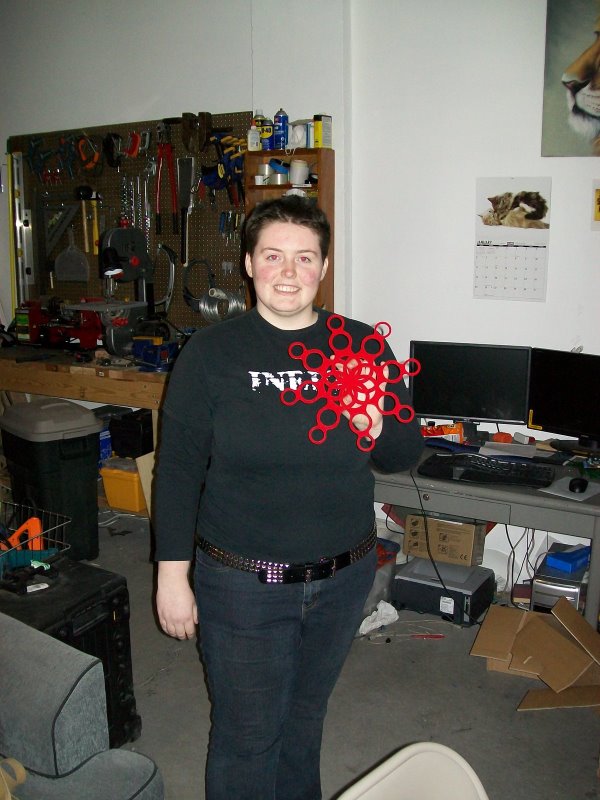
Our article in the NY Times
NYC Resistor was featured in the NY Times online today, and will appear in print this Sunday, on page CY5 of the New York edition.
First, huge thanks go to Ben Popper for contacting us, visiting, and writing the article. Michael Appleton also made our space look pretty darn snazzy in his photo. Thanks guys!
If you’ve found us from that article, welcome! As you’ve read, we’re a group of like-minded people who get together to learn, share, and make things – most often things that blink, beep, or move about, but we do crafty stuff as well, and we’re always experimenting. Here’s a few of the projects we’ve worked on in the past. Bre has also featured quite a few projects on his show, “Things“. If you’d like to keep up with what we’re up to, the best way is to stay informed is to subscribe to this blog. If you have any questions or would just like to say hello, you can email us at [email protected] or leave us a voicemail at (888) 881-2802.
Now, if you’ve read about us and thought to yourself “That sounds neat, I’d like to go check it out”, here’s the deal. Our physical location is a private space and there’s not always someone around, so please be sure to drop us an email to make sure it’s a good time to swing by. We’d hate to have you come for a visit and find nobody home. You can also join us for any of our public events. We host open “craft nights” most Thursdays*, so check the calendar and then come say hello! Bringing a project to hack or craft on is highly encouraged.
Another good way to get to know us and check out the space is to come to one of our classes. The schedule for the new year will be filling up soon. The best way to stay updated as new classes are added to the schedule is to subscribe to the RSS feed of new classes.
Finally, if you want to start chatting with other like-minded folks (even if you’re not local to NYC), consider joining our “microcontroller study group“. It’s essentially the public email listserv for NYC Resistor, and a lot of interesting chats happen there.
Okay, I think that’s it… Thanks again to Ben, Michael, and the Times!
*Note: There’s no craft night this Thursday, due to it being New Year’s day, and the fact that a good chunk of Resistors will be attending 25c3

